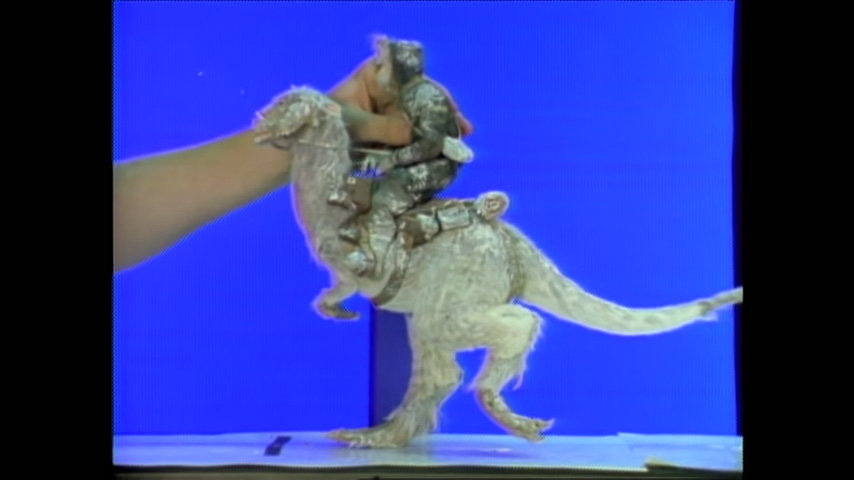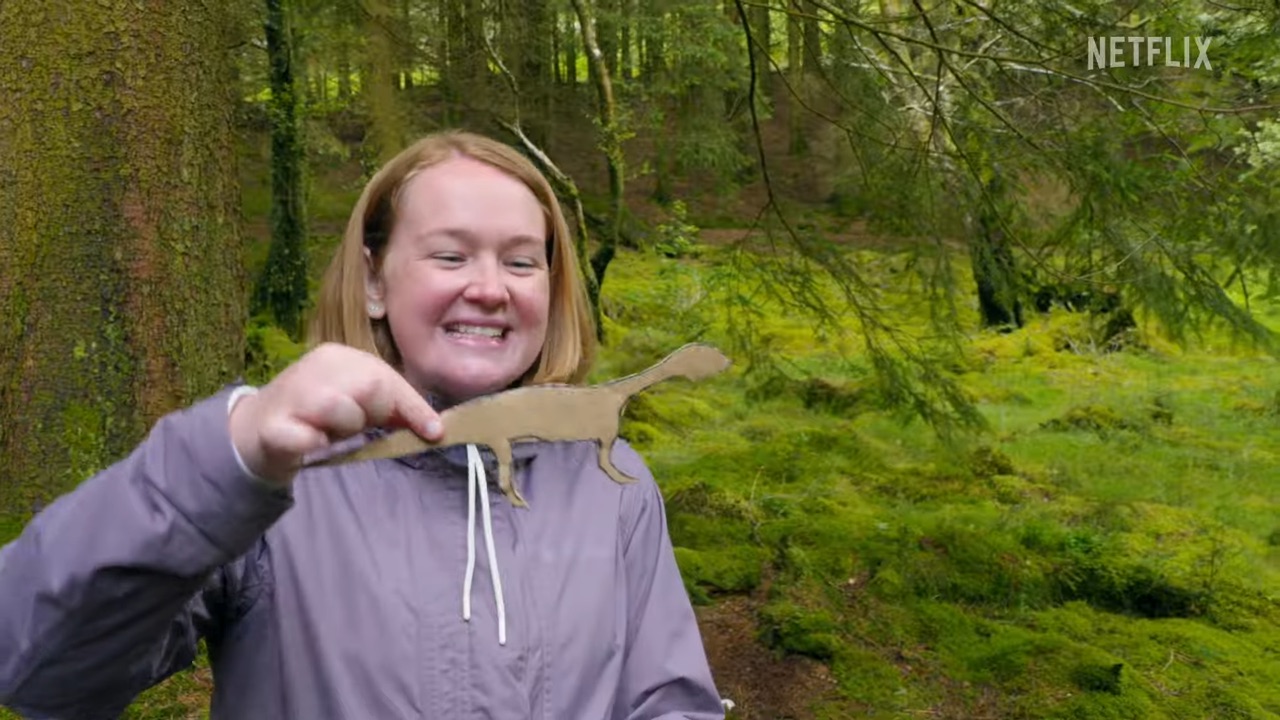Phil Tippett explains how Dennis Muren and ILM made it happen…just
There are now, of course, so many places you can go to find out how some of the most amazing VFX shots in the original Star Wars trilogy were made (a few of these include Cinefex, American Cinematographer and J.W. Rinzler’s ‘making of’ books).
Recently, Phil Tippett – who contributed creature and stop-motion effects to the trilogy – has been recounting some of the landmark moments of his career on Instagram. This includes that stunning early aerial shot in The Empire Strikes Back of a stop-motion tauntaun running across the ice on Hoth, which actually used a live-action helicopter plate.

Check out Tippett’s post for the full details, but below I’ve copied what he noted about that shot, including ILM visual effects supervisor Dennis Muren’s lightbulb moment in coming up with the solution, which involved a unique approach to re-projection, matchmoving, lighting, stop-motion and optical compositing, and a technique known as pin-blocking (which is also further explained further down):
George asked Dennis to look at a high angle plate of a snowfield, shot from a helicopter with a Vistavision camera. As the camera approaches its distant target, it tilts down almost directly on top of where the characters would be, creating a huge perspective shift. George wanted Luke’s Tauntaun to run across that background.
Dennis told George he had no idea how to pull this shot off and George told him to think about it for a few days. The solution he came up with, fifteen minutes later, was brilliant – requiring the participation of all departments.
By turning the Vistavision camera into a projector and projecting the background plate of the snowfield onto a cart with tracking marks, Dennis was able to match-move a machinist’s mill head, outfitted with a motion-controlled stepper motor which became the stage/tabletop set the surface on which was painted blue screen blue.
I stop-motion animated a Tauntaun in-place run cycle. With the camera locked off, the perspective shift was created using stepper motors to tilt, configured to the plotting Dennis had done using the projected background plate. Dennis adjusted the lighting to match the sun’s angle.
A single frame I animated would get exposed onto the taking camera before we would shoot another frame inserting a white card beneath the Tauntaun (a shadow pass). The 2D dept. tracked these elements using Oxberry stands, zooming in on the locked off element and incrementally repositioning it so that the characters appeared to have the proper forward momentum. Bruce Nicholson, head of optical, composited all the elements together into the finished shot.
It worked perfectly, though I’ve often thought my animation could have been better…
Below is Tippett’s original Instagram post.
View this post on Instagram
Update: VFX artist Colin Campbell has posted a series of incredible tweets that explain the pin-blocking process in a lot more detail. Check those out below.
The tracking and match moving were all accomplished on a motion controlled animation stand, such as an Oxberry. Using a rotoscope lamp house, you'd project the plate onto a piece of animation paper on the table surface . . . (more)
— Colin Campbell (@CcampFx) March 13, 2020


















